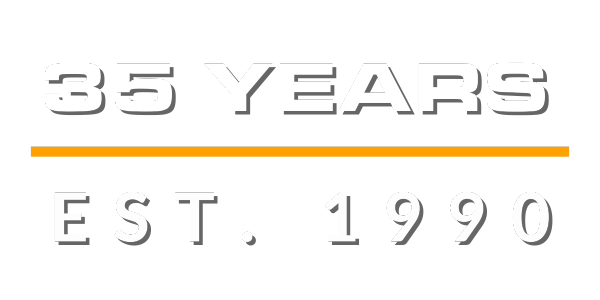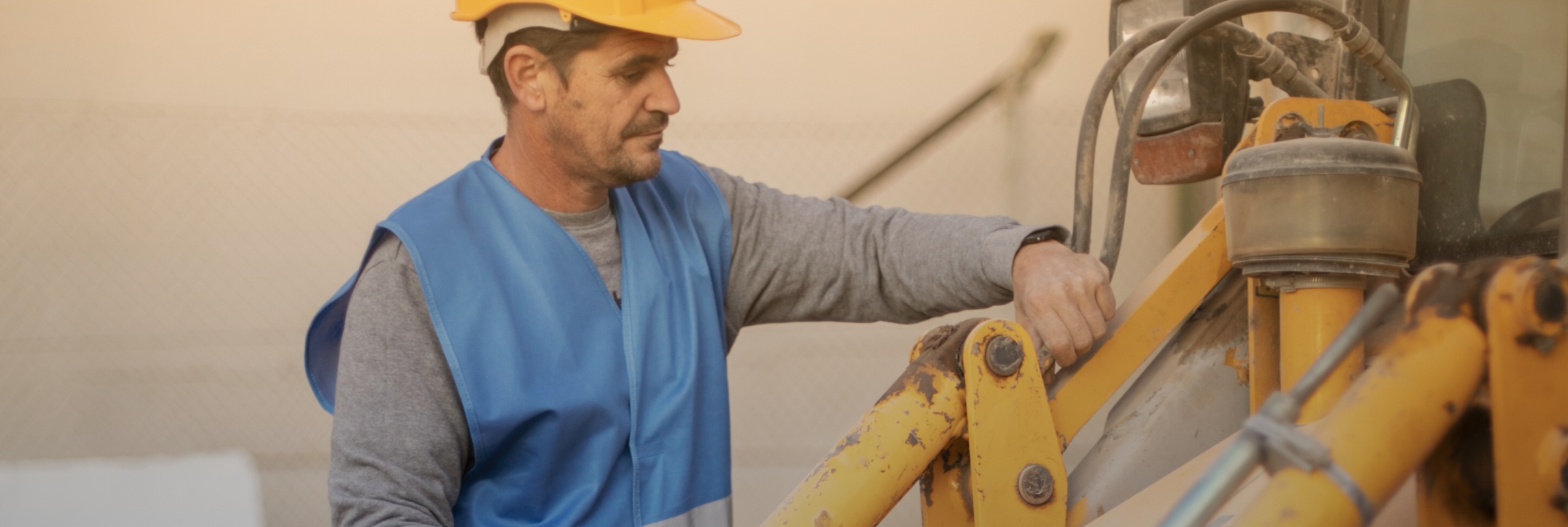4. INITIAL COSTS IN THE TOTAL COST OF OWNERSHIP OF CONSTRUCTION EQUIPMENT: NEW VS USED
Introduction
Total Cost of Ownership (TCO) is a financial estimate that helps companies in the construction industry make informed decisions when purchasing equipment. While the initial price tag of a piece of machinery often gets the most attention, it’s merely the tip of the iceberg. This article will dissect the role of initial costs within the TCO framework, especially focusing on how these upfront expenses can shape long-term financial health and operational efficiency. The content is aimed at stakeholders like business owners, procurement managers, and financial analysts.
Definition of Terms
Initial Costs: The upfront expenditure required to acquire the equipment. This includes not just the purchase price, but also shipping, installation, and initial training costs.
Total Cost of Ownership (TCO): An aggregate cost measure that includes initial costs, operating expenses, maintenance, repairs, and other ongoing costs over the equipment’s lifespan.
Economic Life: The estimated period during which the equipment can be profitably used.
Salvage Value: The estimated resale value of the equipment at the end of its economic life.
The Initial Cost: Breaking It Down
Purchase Price
The sticker price often becomes the focal point of acquisition decisions. For instance, a new asphalt paver may cost around $400,000, whereas a high-quality used paver from a reputable trader like Rhino Machinery might be available for as low as $250,000. Given that many used machines can offer comparable performance to new units, the initial cost advantage is substantial.
Economic Life and Average Lifespan
When considering the initial cost and TCO, the concept of ‘Economic Life’ is crucial. Economic life refers to the period during which the equipment can be profitably operated, considering both its operating costs and its potential to generate revenue. This period differs from the equipment’s total physical lifespan, which is the total time the equipment can function before becoming obsolete or entirely non-operational.
Economic Life: New vs Used
New Equipment:
Average Economic Life:
Excavators: 10-15 years
Backhoes: 8-12 years
Asphalt Pavers: 7-10 years
Factors Influencing Economic Life: Initial quality, frequency of use, maintenance, technological advances.
Used Equipment:
Average Economic Life:
Excavators: 7-13 years
Backhoes: 6-11 years
Asphalt Pavers: 5-9 years
Factors Influencing Economic Life: Previous usage, maintenance history, age, and any refurbishments or upgrades.
Average Lifespan: Wear and Tear vs Economic Viability
Both new and high-quality used equipment from reputable vendors like Rhino Machinery have long average lifespans. However, it’s essential to distinguish between the physical lifespan and the economic life. A piece of equipment might physically last for 20 years but only be economically viable for 12 years, after which the costs of operation and maintenance may outweigh the revenue it generates.
Delivery and Setup
Transportation can add between $500 to $5,000 to your initial costs, depending on distance and equipment size. Installation can also vary, with complex machinery requiring specialized technicians, adding another $1,000 to $3,000 to your initial costs.
Training and Onboarding
Training costs can range from $200 per operator for basic machinery to up to $2,000 for more specialized equipment. This often includes both theoretical and hands-on training
Revisiting the Price-Quality Paradigm
Revisiting the Price-Quality Paradigm
The Myth of Price Indicating Quality
Contrary to popular belief, a higher price tag does not automatically guarantee higher quality or reliability. New machines are often subject to recalls, setup issues, and availability constraints, which can lead to unexpected downtime.
Low-Hour, Slightly Older Machines
Purchasing a low-hour, 1-3 year-old machine with a warranty can offer an experience as good as or better than that of a new machine. Such machines have often undergone rigorous testing and maintenance checks, ensuring their reliability.
TCO Implications
When you also consider the potential for similar or better reliability, the long-term financial benefits become even more apparent.
Economic Life and TCO
The economic life of equipment plays a significant role in determining its TCO. For example, if a new backhoe with an economic life of 12 years costs $100,000 and a 2-year-old backhoe with a remaining economic life of 10 years costs $70,000, the latter offers a lower annualized cost.
Residual or Salvage Value
Another factor to consider in TCO is the equipment’s residual or salvage value at the end of its economic life. New equipment often depreciates faster than high-quality used equipment. Therefore, purchasing used equipment can not only lower initial costs but also offer a better salvage value relative to the purchase price, thereby reducing TCO.
Enhanced Case Study: New Excavator vs. 2-Year-Old Low-Hour Excavator
Scenario:
Company A:
Equipment: Purchased a brand-new excavator for $200,000
Financing: Secured a loan at a 5% interest rate over five years
Warranty: 2-year warranty included
Economic Life: 15 years
Operation Costs: $10,000 per year
Unexpected Downtime: Two recalls in the first year, resulting in 20 days of downtime and $4,000 in lost revenue.
Company B:
Equipment: Purchased a 2-year-old, low-hour excavator from Rhino Machinery for $120,000 (40% less than new)
Financing: Secured a loan at a 5% interest rate over five years
Warranty: 1-year warranty included, with an option to extend
Economic Life: 13 remaining years
Operation Costs: $10,500 per year
Unexpected Downtime: No unexpected downtime.
TCO Analysis:
Company A:
Initial Cost: $200,000
Operation Costs: $150,000 over 15 years
Lost Revenue from Downtime: $4,000
Total Cost of Ownership: $380,000 over 15 years
Annualized TCO: $25,333
Company B:
Initial Cost: $120,000
Financing Costs: $15,600 over five years
Operation Costs: $136,500 over 13 years
Lost Revenue from Downtime: $0
Total Cost of Ownership: $272,100 over 13 years
Annualized TCO: $20,931
Conclusion:
By opting for a 2-year-old, low-hour, high-quality excavator from Rhino Machinery, Company B not only achieved a 40% reduction in the initial cost but also benefited from a significantly lower TCO when annualized over the machine’s economic life. The absence of unexpected downtime further adds to the reliability and financial advantages of choosing high-quality used equipment.





